10 Things You Should Know Before Visiting Peru
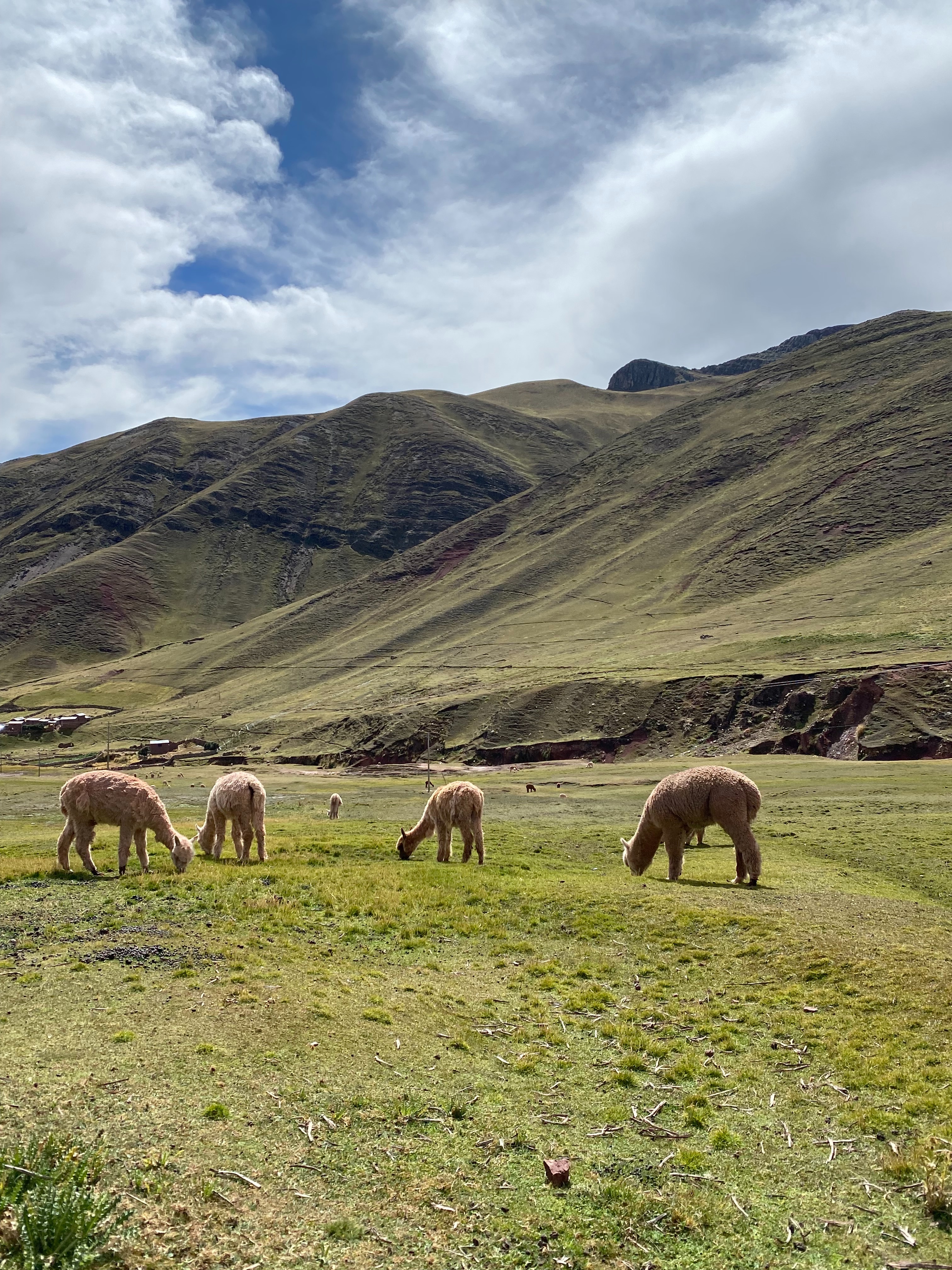
1. Layers, Layers, Layers
Thanks to its geography, Peru has several microclimates. Even if you visit only a few places in this multifaceted country, you will 100% experience various temperatures. The difference between daytime and nighttime temperatures can be drastic, and even leaving the sunny side of the street can make you feel much colder. The solution: always prepare with layers! Especially in places at high altitudes like Cusco and Huaraz where it can be hot during the day but as soon as the sun goes down, you'll start to feel cold. The best is to be prepared for every temperature: wear a T-shirt during the day but have a long-sleeved shirt (which you can also use as sun protection) and a jumper with you. If you stay outside after the sunset, have a warm jacket with you. A scarf and a beanie can also come handy. Despite the nights being quite cold (3-4 °C in Cusco and Huaraz, 9-11 °C in Arequipa), the majority of the houses do not have heating. Be prepared to wear layers during the night!
2. Use Sun Protection
Peru has the strongest UV rays in the world due to the country's high altitudes and to its proximity to the equator. The majority of the iconic sights are outdoors and they often don't have many shady areas so you need to protect yourself from the sun. Wear a hat/cap (even locals wear them), opt for long-sleeved shirts and long trousers. Use high SPF sunscreen and apply it to body parts you would often ignore at home (eg. fingers, calves, hands). Try to reapply sunscreen every 1-2 hours, especially if you are hiking or sweating. It's too easy to get a sunburn that could ruin your holiday, not to mention the long-term negative effects of UV radiation.
3. Learn Basic Conversational Spanish
4. You Don't Have to Book Everything in Advance...
If you are traveling to a new and faraway destination, it is natural to plan and book everything in advance. Especially if you organize the trip for yourself and have a limited amount of time. However, you do not have to book every activity and daytrip before arriving in Peru! There are lots of small tour operators in the major tourist cities where you can book excursions even the evening before departure. These are often much cheaper than the ones you can book online. In Cusco, there are small offices selling tours literally on every corner. You can take your time, shop around and ask prices/inclusions before making the final booking. Even the accommodation providers are able to book you a trip thanks to their connections around town.Remember, if you find a tour operator on Google, especially on the first few pages of the results, it means they have a website and/or use online ads. Those extra costs will be built into their final price and at the end of the day, you will be the one paying for their online presence when booking with them. Also, having a website might be a standard in Europe and the US, but it is not a necessity nor a benchmark for quality in Peru - one can be an outstanding tour operator without having an official website! Online presence is no guarantee for higher quality, so if you like what they offer at a small tour agency, go for it!
5. ...But Book Your Machu Picchu Entrance on Time
Although it is possible to buy last minute Machu Picchu tickets in Aguas Calientes (the town known as Machu Pichu Pueblo), if you are not completely flexible with your itinerary and the circuit you want to visit, it's essential you book your entrance in advance. If you are traveling in the dry season (May-September), be sure to book the tickets 2 months prior as limited number of people can enter the site every day and this is also the period of summer holidays in the US and Europe which means more visitors are coming. If you want to climb the mountains overlooking the ruins (Huayna Picchu or Montaña Machu Picchu), you definitely need to book your spot for the relevant circuit in advance.
When you book on the official website, you can buy the tickets but no guide or transportation is included. If you wish to take the bus up to the entrance, you can either buy the tickets online or buy them in Aguas Calientes the evening before your visit. If you want to hire a guide (I'd highly recommend doing so, it's not mandatory but you can learn so much more about the site and the Inca culture), you can search for someone in Aguas Calientes or in Facebook groups such as Peru Travel Community. There are also a lot of guides right in front of the entrance and they often approach you in Aguas Calientes when they see you waiting in line for the bus.In conclusion: buy the entrance tickets in advance, everything else can be taken care of on the spot.
If you don't want to arrange everything for yourself, you can book an excursion to Machu Picchu in Cusco. The offers usually include transportation from Cusco, entrance tickets and a guide. Keep in mind that this will cost you much more, depending on the mode of transportation (train, bus or collective taxi) and the tour agency itself, and you will have less flexibility during your visit.
6. Be Prepared for Dual Pricing
In general, foreigners have to pay higher prices when entering monuments or national parks; this is very common in Latin-America and in Asia. However, you will experience a different aspect of dual pricing in Cusco. There are no prices written on the shelves or the products in the supermarket and small shops. When you go to the counter, the cashier adds up your items on a calculator and informs you about the amount to be paid. If you are a tourist, you usually pay higher prices than the locals, no matter how hard you try. We were never able to pay less than 5 soles for a bottle of still water even though sometimes we were sure it costed only 3 soles because we saw a label somewhere in the shop. It can be annoying, especially if you are on a tight budget and trying to survive on supermarket food. There is not much you can do about. Fortunately, we only experienced this in Cusco. In Lima and in Huaraz, the prices were properly displayed in the shops and tourists pay the same price for the products. And let us not forget that if you book an accommodation as a foreigner, you don’t have to pay any taxes whereas locals are charged extra. So I guess dual pricing goes both ways.

8. Stay in Guesthouses and Hostels
Hotels are nice and comfortable but guesthouses give you a taste of the local architecture and way of living. Often the whole family lives in the same building and you can get a glimpse into their daily life. You will have much more contact with locals and can gain insider information about trips and hikes. Staying in guesthouses is a great value for money: the rooms are decent and clean, the breakfast is freshly bought at the market and prepared by your host. Moreover, the price is very affordable. Modern hotels are often located in newly built buildings while the majority of the guesthouses are located in traditional houses. They have electricity and water, the only downside might be the lack of heating but many b&b-s provide or rent you a small heater if you ask.
Staying in hostels is the perfect way to meet other travelers and gain information about the experiences worth doing in the country. Many of the hostels have very cool common areas where you can cook, chill or even work. Lots of hostels offer double rooms with private bathroom and toilets so you basically have the comfort of a hotel but the lively and social atmosphere of a hostel.
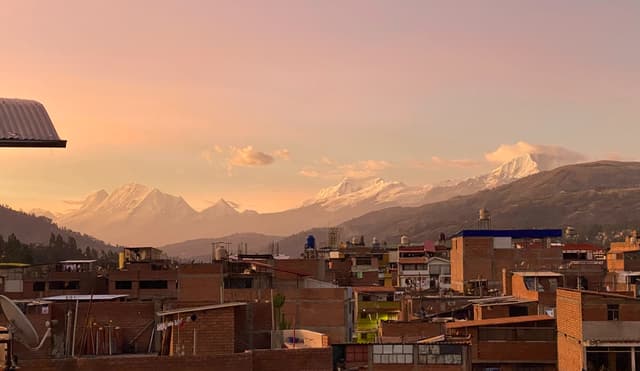
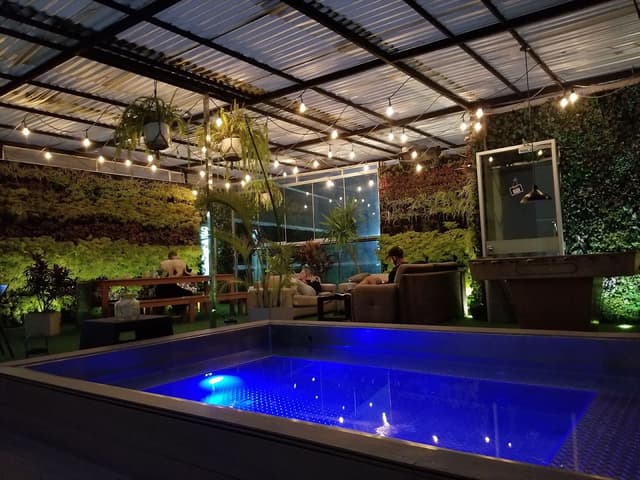
9. Be Prepared for Altitude Sickness
If you are planning a trip to Peru, you are probably aware of altitude sickness. Unless you are limiting your visit to the seaside, you cannot avoid traveling to high altitude places in the country. Arequipa lies at the altitude of 2335 meters, Machu Picchu is at 2430 m, Ollantaytambo is at 2800 meters, Cusco is at 3400 m, Huaraz is at 3000 m and the Vicuna Rainbow Mountain is at 5200 meters. Altitude sickness can kick in above 2500 meters when your body has to adjust to the conditions at higher altitude (eg. less oxygen), and can affect anybody regardless of their age, fitness level, gender,etc. Some people have no symptoms and some people get sick and are forced to bed immediately after arriving to high altitude. Symptoms include dizziness, headache, stomach issues, fatigue, shortness of breath, trouble sleeping, loss of appetite. Sounds like a lot of fun on a holiday, right? Altitude sickness can really mess up your travel plans and you have to take it seriously. People with strong symptomps need to measure their blood oxygen levels and have to go to lower altitudes before their condition gets critical. Basically, you can run from altitude sickness but you cannot hide. But you can do a few things to prevent it or to reduce the symptomps!
First of all, try to avoid sudden elevation gains (such as flying from sea level to high altitude) and increasea altitude gradually instead. For example, if you start in Lima (sea level), you can go to Arequipa (2300m) and then to Cusco. That being said, there are several flights from Lima to Cusco every day, and the majority of people don’t have any problems with the instant altitude gain, Once you arrive to high altitudes, hydrate as much as you can and avoid drinking alcohol, at least for a few days because it can make the symptoms much worse. Drinking electrolytes and isotonic drinks will help you keep hydrated and you can buy them everywhere. Eat enough calories but avoid heavy, greasy food. Take it easy on the first few days; go on light walks and don’t do any strenuous hikes. Your body needs approx. 3-5 days to adapt to high altitudes (but everyone is different).
Pro travel tip: if you have the chance, spend a few weeks in higher altitudes (e.g. skiing or hiking in the mountains) before traveling to Peru. We spent the winter in the French Alps and had no problems with the altitude despite reaching 4920 meters during one of the daytrips and hiking up to 4600 meters several times.
10. Leave Space for Souvenirs in Your Luggage
I am not a big fan of souvenirs, I barely buy anything during my travels. So you can imagine how amazing the Peruvian souvenirs must be if a person like me says: GO for it! From handmade textiles to local spices, from alpaca wool products to artisan chocolate made from Peruvian cocoa beans, from cheap but cute knick-knacks to expensive and elegant designer items, you can find everything in Peru. And you will WANT to buy everything so make sure you have spare space in your luggage. Or be prepared to buy an extra bag with llamas printed on it. I warned you!
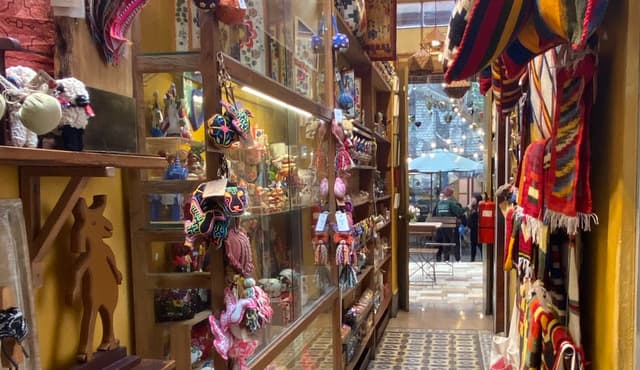
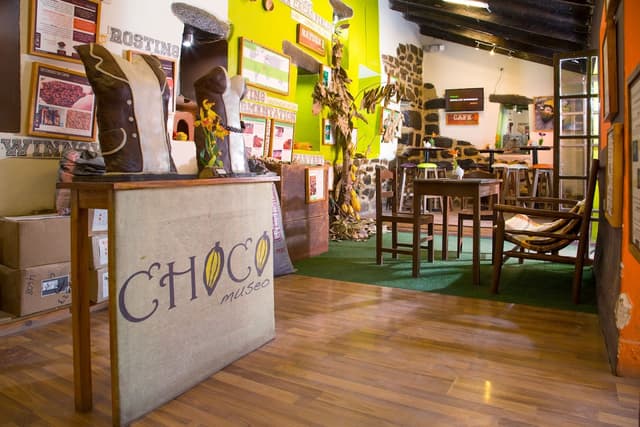
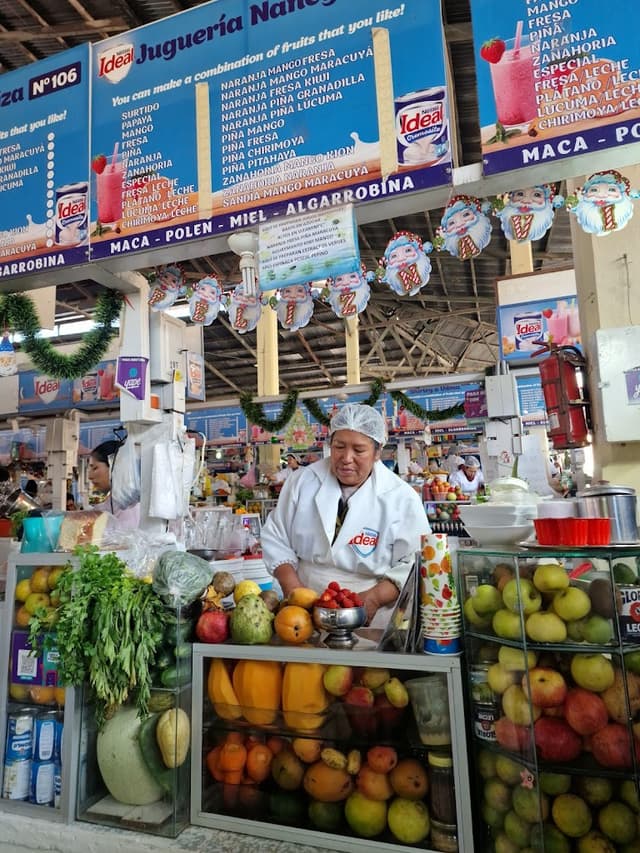
The home for unique & authentic travel
